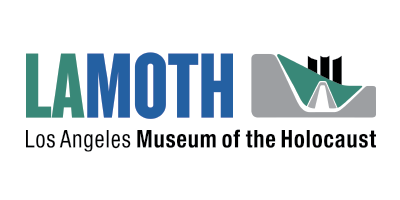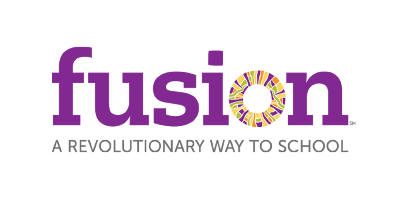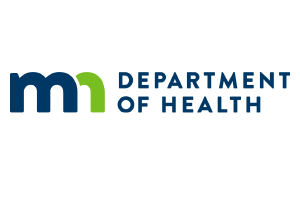Vital Research Project Cycle
Vital Research approaches all work as a strategic thought partner that infuses evaluative thinking into each step of a project’s design and implementation. We are committed to conducting cutting-edge, community-driven research and evaluation that is culturally responsive and innovative. In addition, we seek to maximize the impact of our work with our partners through knowledge-sharing and advocacy.
Our research and evaluation work is grounded in building strong partnerships by identifying and engaging all relevant stakeholders in the planning process. We know that context matters in any research or evaluation work, so we strive to include diverse segments of target populations using culturally responsive methods to ensure relevance of the data and findings that our work generates.
In the early stages of our work, we seek to align ourselves in shared purpose with our clients and key stakeholders, including the community of program participants or policy beneficiaries.
During the project design, we draw on rigorous research methods to answer the project’s guiding questions. We often utilize mixed methods, blending quantitative and qualitative approaches to best answer the posited research or evaluation questions. Our skills in data collection span across different modes; we select the most appropriate method to obtain reliable and valid data based on the research questions we are seeking to answer.Vital has several staff experts in advanced qualitative and quantitative analysis techniques. We begin data analysis as soon as we receive the data, closely auditing the data files. Qualitative analysis usually blends coding based on themes identified in prior research with a grounded theory approach. Quantitative analyses are based on solid descriptive analyses and inferential statistics as appropriate.
Finally, Vital employs multiple methods to share results through an iterative process with stakeholders. Data is transformed into useful information such that results are accessible and visually engaging with narrative descriptions to provide context and guidance on interpretation.










